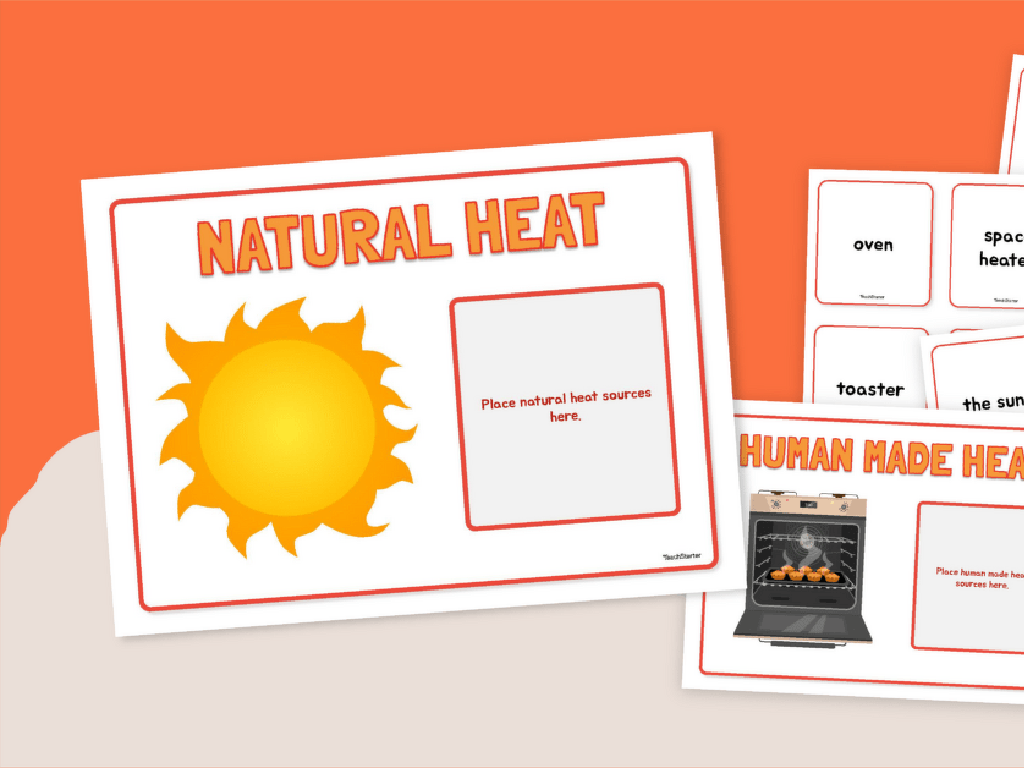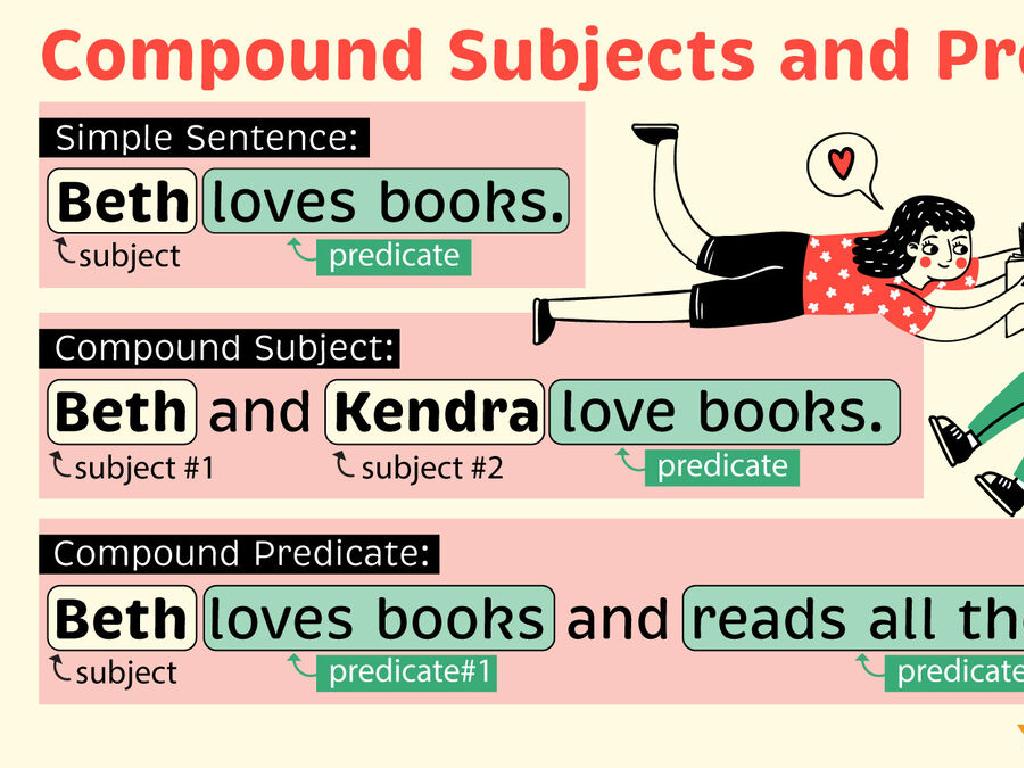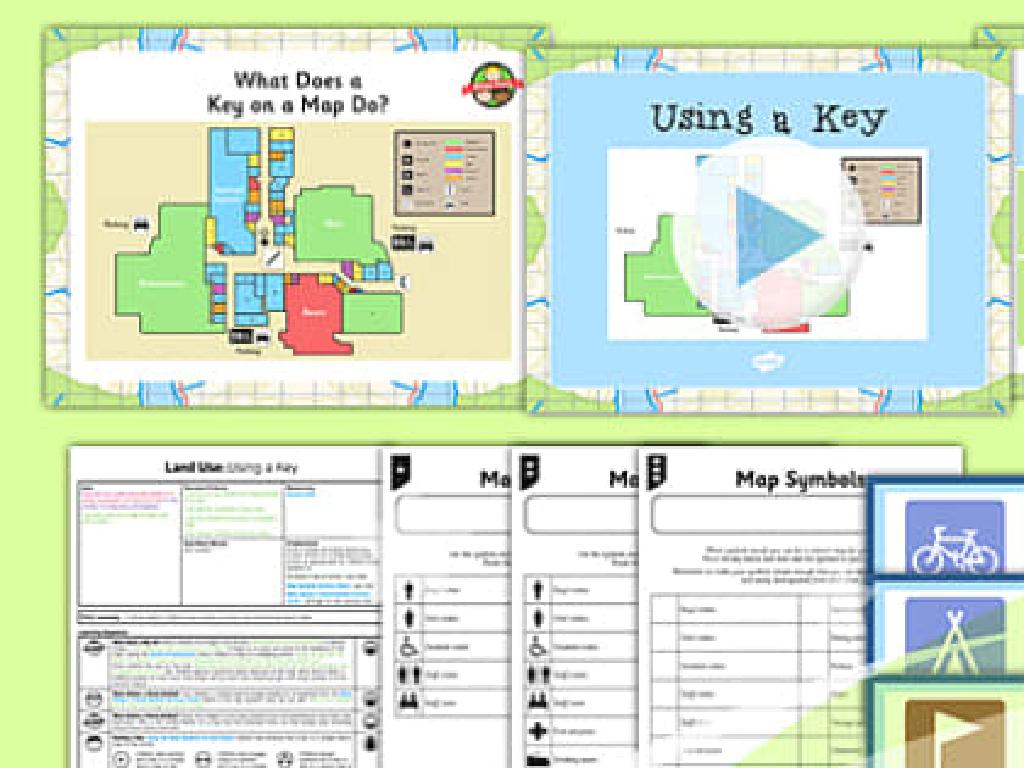Identify Shortage And Surplus
Subject: Social studies
Grade: Fifth grade
Topic: Supply And Demand
Please LOG IN to download the presentation. Access is available to registered users only.
View More Content
Introduction to Supply and Demand
– Basics of buying and selling
– Defining supply and demand
– Supply is how much is available, demand is how much people want
– Daily impact on shopping
– Prices can go up or down based on supply and demand
– Recognizing shortage and surplus
– Shortage means not enough of something, surplus means too much
|
This slide introduces the foundational concepts of supply and demand, which are crucial for understanding how markets work. Begin by explaining the basic idea of buying and selling, where money is exchanged for goods or services. Define supply as the amount of a product that is available, and demand as the desire consumers have for that product. Discuss how supply and demand affect the prices of items we buy every day, such as how popular toys may become more expensive during the holiday season due to high demand. Illustrate the concepts of shortage and surplus with relatable examples, such as a shortage of ice cream on a hot day leading to a quick sell-out, or a surplus of rain boots in a dry season resulting in discounted prices. Encourage students to think of examples from their own experiences where they’ve noticed prices changing.
Understanding Supply in Economics
– What is Supply?
– Supply is the amount of goods available.
– High Supply Example: Toy Stores
– After Christmas, toy stores often have lots of toys left.
– Supply in Daily Life
– Think of a grocery store with lots of fruits.
– Effects of Surplus
– When supply exceeds demand, prices may drop.
|
This slide introduces the concept of supply, a fundamental term in economics that refers to the total amount of a product or service available for purchase. Use the example of toy stores after Christmas to illustrate high supply, where stores may have an excess of toys due to overstocking for the holiday season. Discuss how supply is present in everyday life, such as the abundance of certain fruits in a grocery store. Highlight the concept of surplus, where supply exceeds demand, and how it can affect prices and the market. Encourage students to think of other examples where they have seen a lot of one item available for sale and to consider how that might affect the price.
Understanding Demand in Supply and Demand
– What is demand?
– Demand means how much people want a product or service.
– Examples of high demand
– Like more people want ice cream when it’s hot outside.
– Everyday demand
– Think of things you use daily because many people need them.
– Impact of demand
|
This slide introduces the concept of demand to the students. Begin by explaining that demand is the desire or need for products and services by people. Use relatable examples like the craving for ice cream on a hot day to illustrate high demand. Discuss how demand is part of our everyday lives by asking students to consider items they use every day, such as pencils, erasers, or snacks, and why these items are consistently needed. Highlight that understanding demand helps us see why some items are more available or expensive at different times. Encourage students to think of other examples where they notice more people wanting the same thing, and how that might affect how easy it is to get that item.
Understanding Shortages in Supply and Demand
– Define a shortage
– When demand exceeds supply, leading to not enough items for everyone
– Explore causes of shortages
– High demand, limited production, or distribution issues can lead to shortages
– Example: Holiday toy sell-out
– A popular toy may become scarce before Christmas due to high demand
– Impact of shortages
|
This slide aims to help students grasp the concept of a shortage within the context of supply and demand. A shortage occurs when there are not enough goods or services available to meet the demand. Discuss various reasons that can cause a shortage, such as increased demand, limited production capacity, or distribution challenges. Use the relatable example of a popular toy running out before the holiday season to illustrate how a surge in demand can lead to a shortage. Explain that shortages can lead to disappointment for consumers and can affect prices. Encourage students to think of other situations where they have experienced or observed a shortage.
Understanding Surplus in Supply and Demand
– Define surplus
– Surplus means having more than needed
– Explore causes of surplus
– Can happen with overproduction or low demand
– Examine surplus example
– After Halloween, pumpkin demand drops, but there’s still a lot left
– Discuss surplus impact
– Surplus can lower prices and lead to waste
|
This slide aims to help students grasp the concept of surplus within the context of supply and demand. Begin by defining surplus as a situation where supply exceeds demand, meaning there’s more of a product available than people want to buy. Discuss various reasons that might cause a surplus, such as overestimating the amount needed or a sudden drop in demand. Use the example of pumpkins after Halloween to illustrate a real-life scenario where surplus occurs because the demand for pumpkins significantly decreases after the holiday. Highlight the effects of surplus, such as price reductions to encourage sales, which can sometimes lead to waste if the surplus is not managed properly. Encourage students to think of other examples and consider the consequences of surplus in different situations.
Effects of Shortage and Surplus on Supply and Demand
– Shortage raises prices
– When items are scarce, sellers can charge more.
– Surplus lowers prices
– If too many items are available, sellers may reduce prices to sell them.
– Consumers and producers adjust
– Consumers may buy more or less; producers may make more or less.
– Balance is the goal
|
This slide aims to explain the basic economic concepts of shortage and surplus and their effects on prices. A shortage occurs when demand exceeds supply, leading to higher prices as consumers compete for limited goods. Conversely, a surplus happens when supply exceeds demand, causing prices to drop as sellers try to clear excess stock. Both situations prompt consumers and producers to change their behavior consumers may seek alternatives or wait for prices to drop, while producers may adjust production rates. The ultimate goal in a market economy is to reach an equilibrium where supply equals demand, stabilizing prices. Use examples like toy trends during holiday seasons for shortages and end-of-season sales for surpluses to illustrate these concepts.
Class Activity: Supply and Demand Game
– Understand shortage and surplus through a game
– Students split into producers and consumers
– Balance supply with consumer demand
– Avoid creating shortage or surplus
|
This interactive game helps students grasp the concepts of shortage and surplus in a fun and engaging way. Divide the class into two groups: producers and consumers. Producers will create products using classroom materials, while consumers will have ‘money’ to spend on these products. The objective for producers is to plan their production so that it meets the demand of the consumers without overproducing, which would create a surplus, or underproducing, leading to a shortage. Teachers should monitor the activity, guide students as they negotiate, and facilitate discussions on how supply and demand affect prices. Possible variations of the activity could include introducing ‘events’ that affect supply or demand, allowing students to experience how external factors can impact the market.






